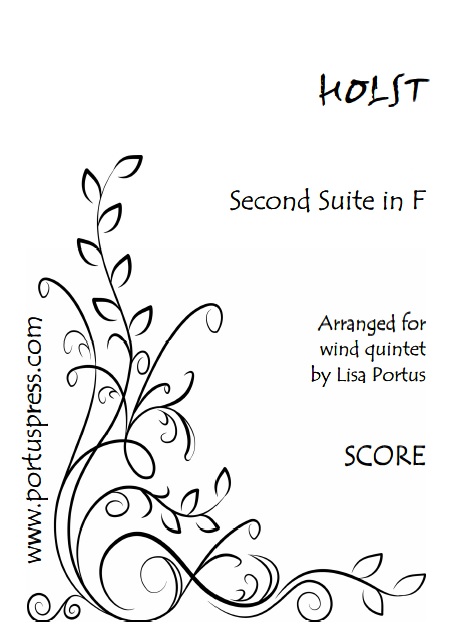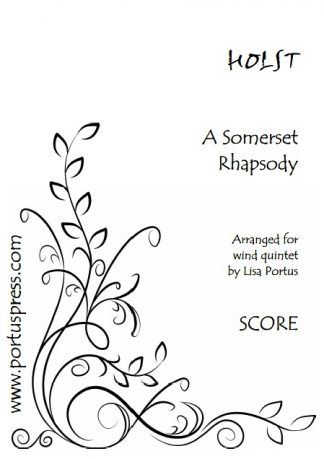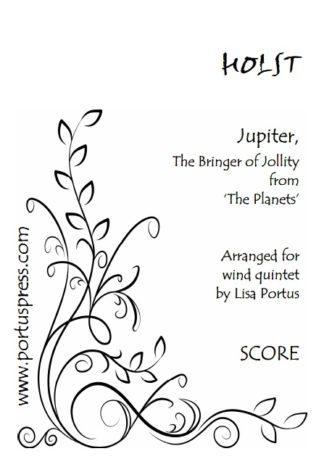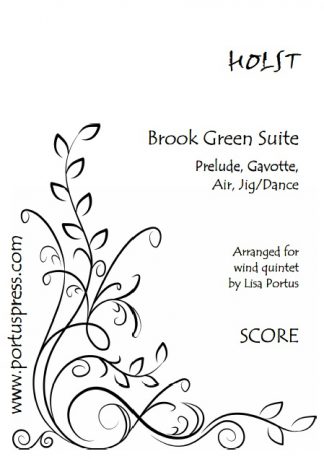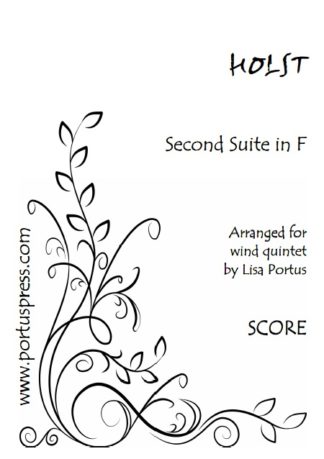Description
The Second Suite in F by Gustav Holst was originally written in 1911 for military band and, along with the first suite, is a staple of the concert band repertoire. As young composers, Holst and his friend Vaughan Williams took a keen interest in folk music and often incorporated folk songs into their own work. In the Second Suite in F Holst uses a number of folk tunes and old dances in its four movements.
The first movement, a brisk March, uses the Morris dancing tune Glorishears, followed by Swansea Town and Claudy Banks. The hauntingly beautiful second movement is entitled Song Without Words, I’ll Love My Love. This is followed by an upbeat third movement, called Song of the Blacksmith, which features the folk song A Blacksmith Courted Me in a rhythmically complex and highly punctuated style with numerous time signature changes. In the original this movement also features an anvil imitating the sound of a blacksmith forging metal. The suite is concluded with a Fantasia on the Dargason. Rather than folk songs Holst instead turned to Playford’s Dancing Master of 1651 for his source material for this movement: first, the Dargason, which is then ingeniously intertwined with Greensleeves. Holst later reworked this movement for strings as the final movement of his St. Paul’s Suite.
The Dargason is also available as a standalone piece for wind quintet. That version is in a different key and there are other subtle differences.

